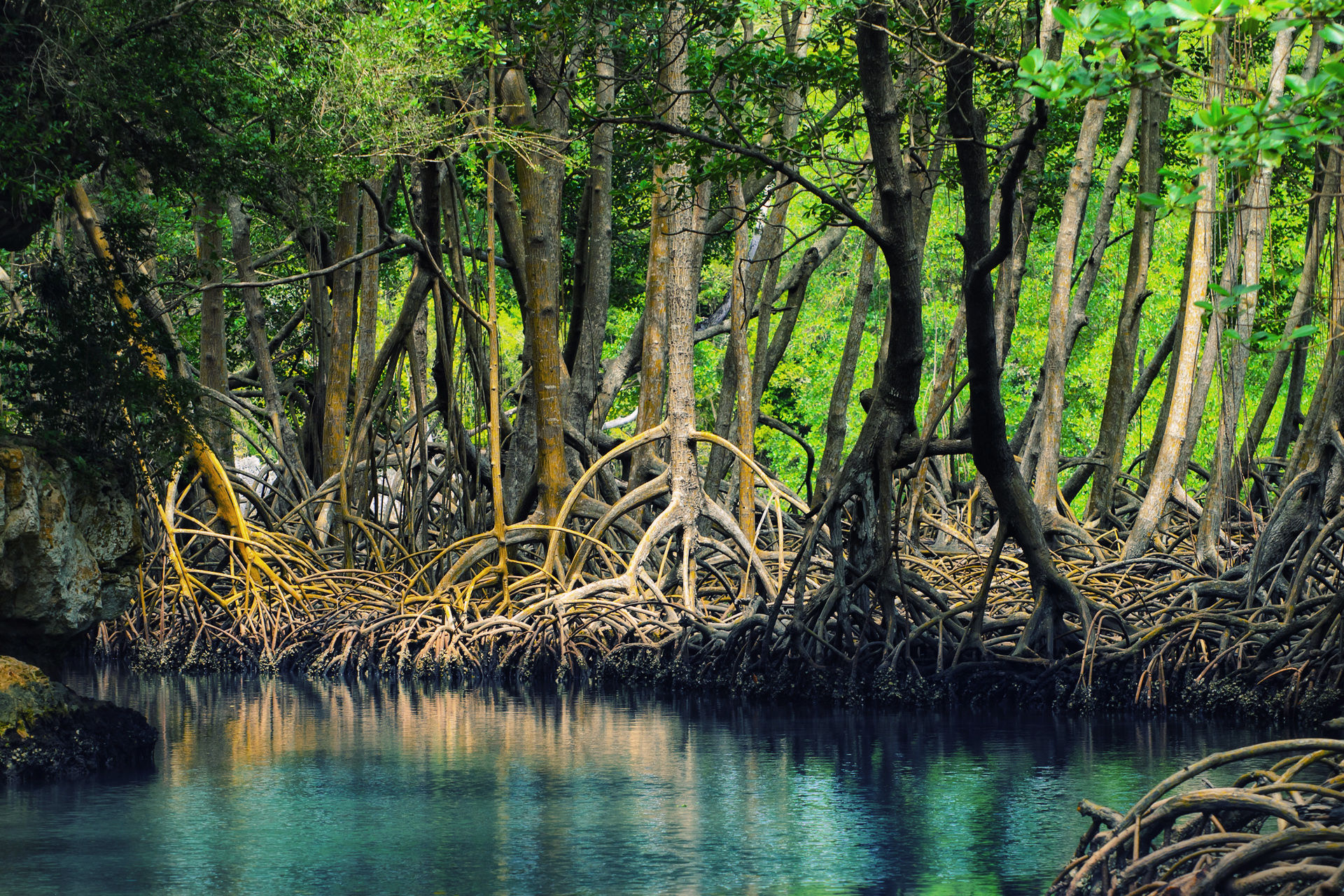Balanced nature
- Marit Bonne
- Marit's Mythbusters
- 3 minutes (594 words)
They say knowledge is power, but what if this knowledge is total nonsense? When you fall on your tailbone, you won’t get blind and when you get a jellyfish sting, please don’t pee on it. You will be surprised how many biological misconceptions are rooted in your mind and that of others. In our rubric ‘Marit’s Mythbusters’, I will debunk common myths that many of you believe to be true.
In nature, everything is balanced
Oh, the harmonious nature. The squirrel eats the nut. The fox eats the squirrel. Out of the fox’s poop, a seed will grow into a nut tree, eventually repeating the cycle. A stable equilibrium, holding each other in line. So pure, right? Well, not exactly.
The belief that nature is in stable equilibrium is unlikely, yet strongly rooted in society. The ‘balance of nature’ theory finds its origin in ancient Greek philosophers, such as Plato and Herodotus. The latter proclaimed that predators never excessively consume prey and that this balance is ‘divine’. Later, in the 1970s, James Lovelock and Lynn Margulis developed the ‘Gaia Hypothesis’: living organisms interact with planet Earth to form a complex, self-regulating system that maintains the balance of nature. Somehow, these views lead to the belief that nature has a ‘true’ state, like homeostasis, which it will return to when left alone by humans. Interestingly, this stubborn belief is not only present among the general public but is also still seen in Biology students.
I hear you think. You’ve heard of the limit cycle. Aren’t prey and predators really not in balance? Of course, this article does not deny that nature consists of numerous interactions with other forms of life, but abiotic factors as well. However, can that really be named a balance? In reality, it’s more like chaos. Prey and predators are in a continuous tug-of-war race and thus are kind of in equilibrium, but this could be quickly distorted by environmental changes. Drought? Less grass will grow, and more gazelles will die, thus resulting in fewer snacks for the predators. This will happen regardless of how many predators search the grounds for food. A true balance? Doubtful.
A cool example can be found on the coast of New Zealand. There, barnacles, algae, and mussels each take their turns to reign the rocky coast. It seemed to be predictable. First, the barnacles would dominate the rocks. After a while, the algae took back the crown. No barnacle left to be found. Lastly, the mussels took over the kingdom. They would reign for a while, creating a thick mussel layer on the designated rocks. Eventually, they would leave their rock palace to make a place for the barnacles again. A pretty unstable kingdom, you would say, although the majority seems predictable. But take caution, the high winds, rain, and temperature throw a spanner in the works. The unpredictability of the weather is contagious. Hence, there is absolutely no telling how much of each species will be there on the rocks. It’s rather a chaos, than a stable balance.
I must note, however, that the balance of nature theory has been criticized by scientists from the 90s onwards. Therefore, it is not necessarily used in education anymore. Still, plenty of people think that nature can turn back to a more ‘true’ state. This is simply not true. Nature has never had an original state. In fact, it’s constantly changing! So next time you feel a bit chaotic, just remember: it’s in your nature.



Comments
Log in to read and post comments